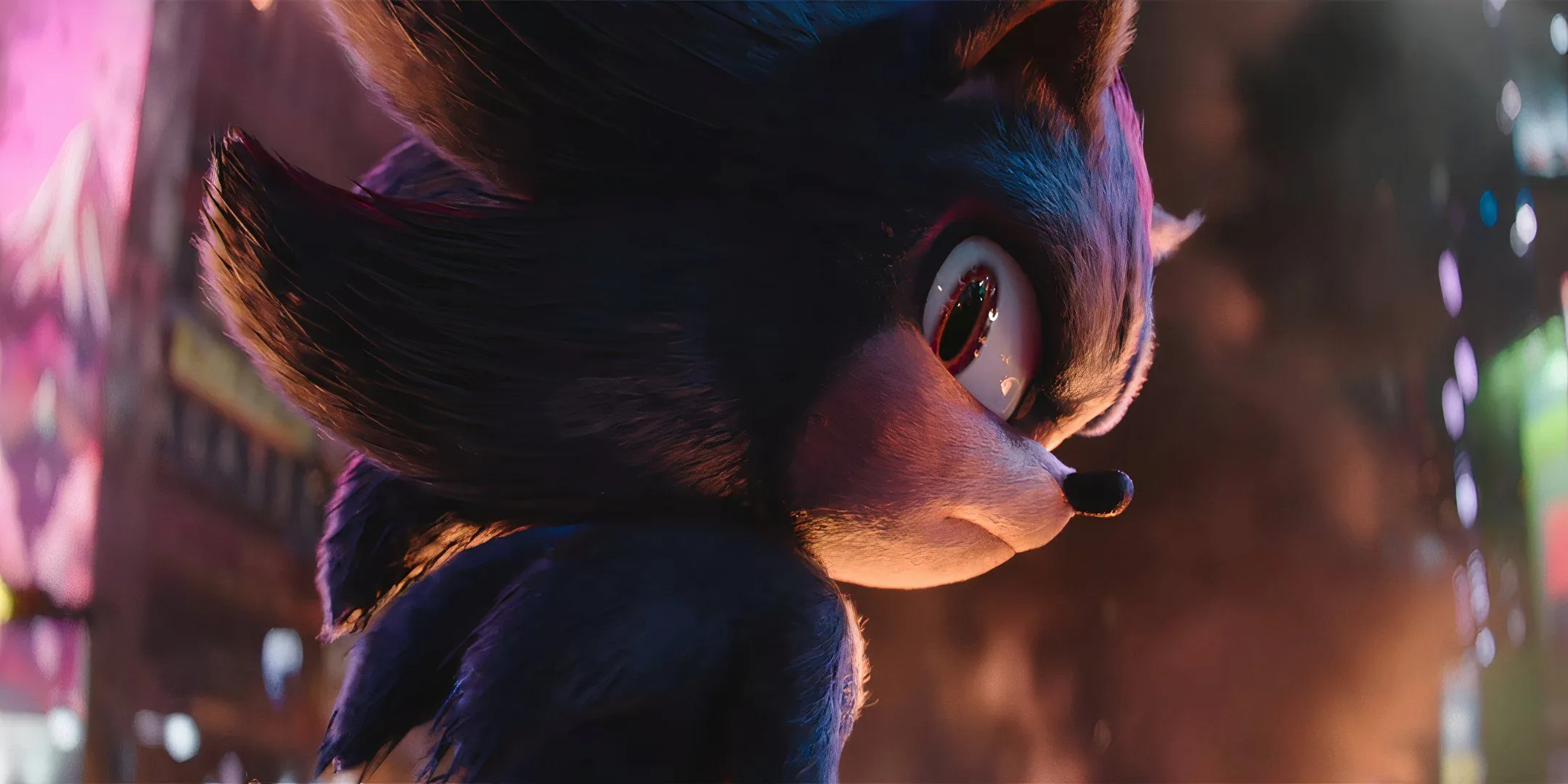
Notice: This article includes spoilers regarding Sonic the Hedgehog 3
The year 2024 has proven to be a remarkable time for cinema, with many eagerly awaiting the release of Sonic the Hedgehog 3. This film marks the next chapter in the acclaimed Sonic franchise, and it has garnered a record-high Rotten Tomatoes score among its predecessors. Much of the positive feedback revolves around the film’s dynamic introduction of Shadow, one of the most beloved characters in the Sonic universe.
Fans might recall that Shadow’s character was first hinted at in a post-credits scene from Sonic the Hedgehog 2, which served to pave the way for this continuation. The intriguing contrast between the two films lies in how Shadow’s narrative unfolds—while Sonic 2 offers a brief introduction, it diverges significantly in Sonic 3. Additionally, the conclusion of the third film suggests exciting developments for Sonic 4, indicating potential shifts in the storyline that lie ahead.
Shadow’s Prison in Sonic 3 Differs Remarkably from Sonic 2’s Post-Credits Scene
Contrasting Depictions of Shadow’s Captivity

In the aftermath of Robotnik’s defeat at the conclusion of Sonic the Hedgehog 2, there’s a post-credits moment featuring Commander Walters discussing Project Shadow with a subordinate while Shadow is seen encased in a containment unit. The portrayal of Shadow’s prison within Sonic 3, particularly located on Prison Island—a subtle nod to the video game’s lore—differs visually and conceptually. Notably, while Shadow is depicted frozen in ice in Sonic 2, Sonic 3 presents him in a liquid containment unit, creating a stark visual distinction.
|
Cast Member |
Sonic 3 Character |
|---|---|
|
Keanu Reeves |
Shadow the Hedgehog |
|
Ben Schwartz |
Sonic the Hedgehog |
|
Idris Elba |
Knuckles the Echidna |
|
Colleen O’Shaughnessey |
Tails the Fox |
|
Jim Carrey |
Doctor Eggman |
|
James Marsden |
Tom Wachowski |
|
Tika Sumpter |
Maddie Wachowski |
In the context of Sonic the Hedgehog 3, the narrative in the post-credits scene raises questions; Commander Walters appears unaware of Shadow’s whereabouts, seemingly discovering Project Shadow’s files for the first time. The latest film, however, suggests that Shadow has been held in G.U.N captivity since Maria’s death fifty years before the events of Sonic 3. This discrepancy leads to questions about G.U.N’s knowledge regarding Shadow’s location.
Sonic 3 Redefines Shadow’s Awakening from Sonic 2’s Post-Credits
Shadow Remains Unconscious at the Onset of Sonic 3





A significant narrative change occurs between the two films regarding Shadow’s consciousness. In the closing moments of Sonic 2, Shadow’s eyes open, suggesting he awakens at that instant, leading audiences to expect an immediate continuation in Sonic 3. However, it becomes evident that the sequel takes place years later, with Shadow remaining in a dormant state for 50 years until Gerald Robotnik intervenes and liberates him from captivity.
The transition from one film to the next creates a potential disconnect for viewers who may anticipate a direct continuation. This inconsistency appears to stem from a strategic decision to generate excitement in Sonic 2 that perhaps did not align with the desired storytelling structure for Sonic 3. Given that Shadow’s escape is a pivotal moment, the filmmakers rightfully chose to highlight his awakening with a dedicated scene—albeit slightly less dramatic than the final showdown in Sonic 3.
Variations in Shadow’s Restraint in Sonic the Hedgehog 3
Limited Similarities Between the Depictions of Shadow

Reflecting further on the depictions of Shadow, the post-credits scene in Sonic 2 shows him immobilized in multiple ways, including restraints on his wrists and legs, as well as a large cuff around his midsection. By contrast, in Sonic the Hedgehog 3, Shadow is portrayed suspended within a tank at a G.U.N facility without any restraints. This notable shift showcases the creative freedom taken in adapting his storyline, while still maintaining coherence with the franchise’s established universe.
While the direct contrasts between the portrayals in both films might seem jarring at first glance, the changes fit well within the narrative constructs previously established. Even Shadow’s updated design in the newer installment contributes to the fresh take on his character, ensuring that the thrilling nature of his introduction remains intact. Ultimately, the reinterpretation of Shadow’s captivity and awakening across the two films highlights the dynamic storytelling involved in the ongoing Sonic saga.




Leave a Reply